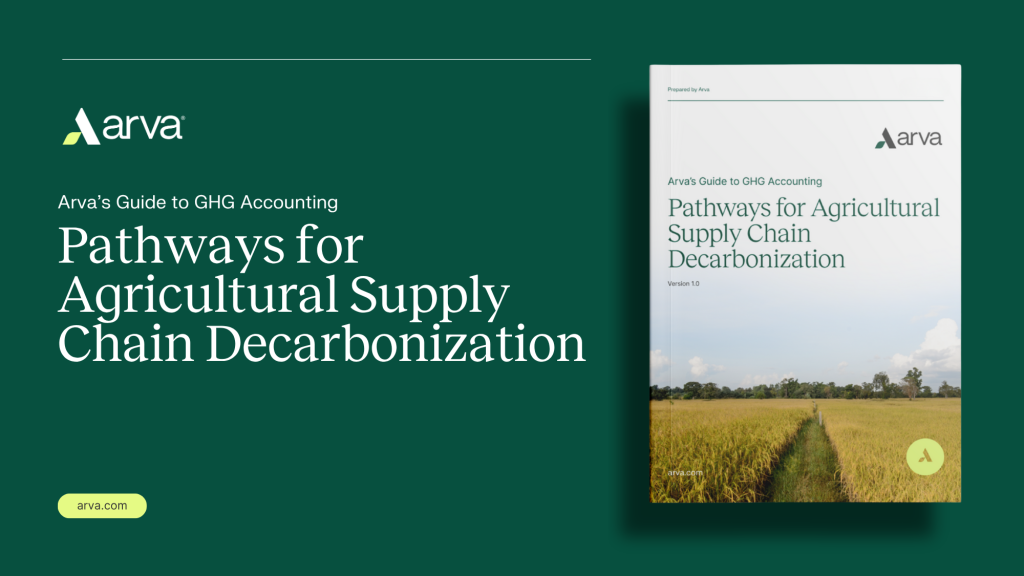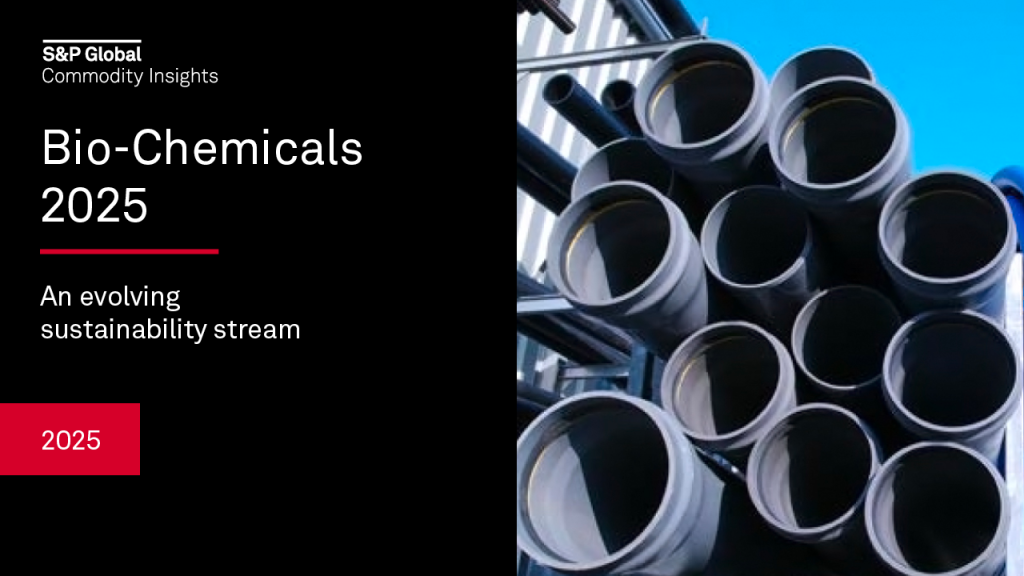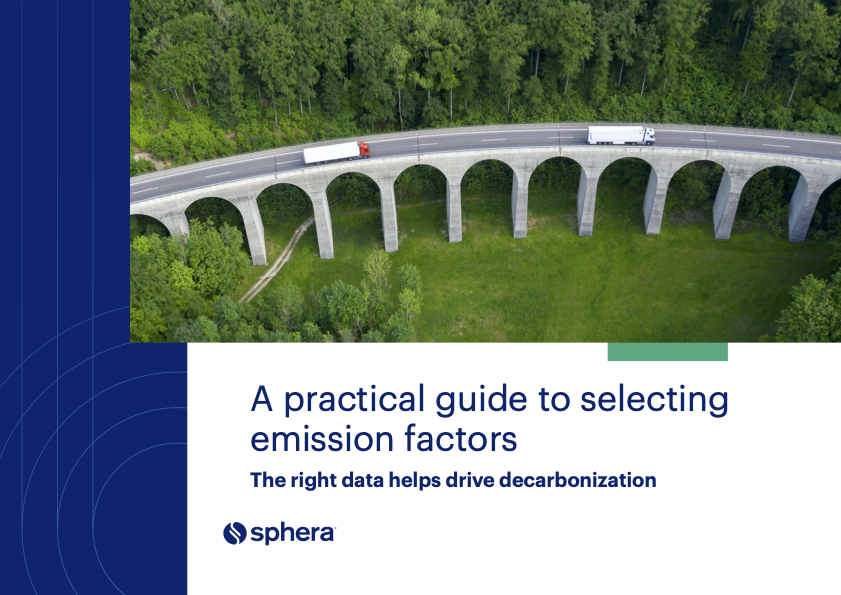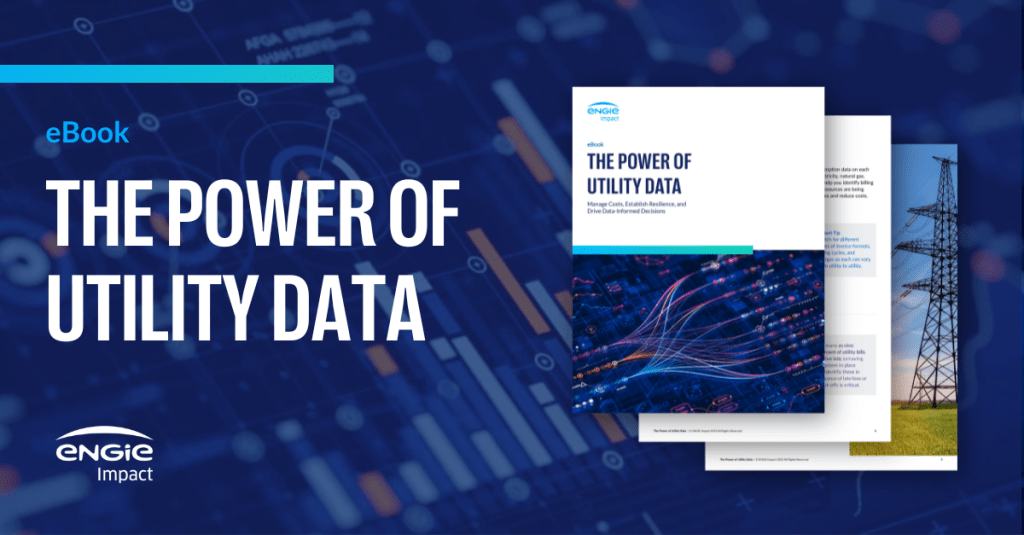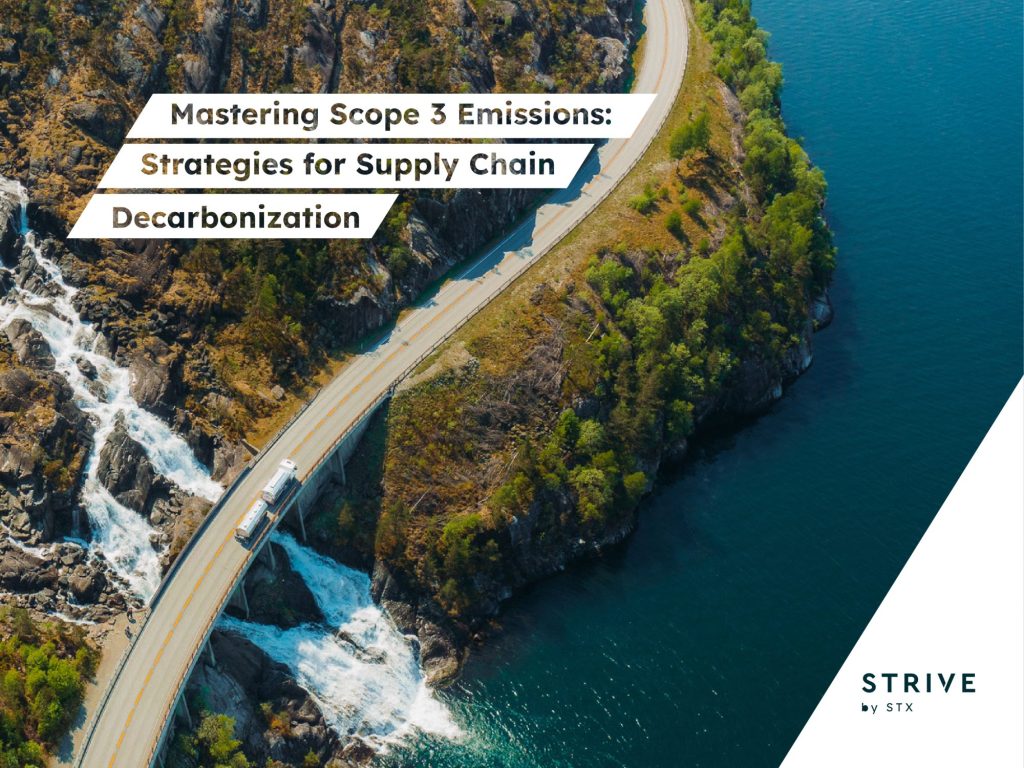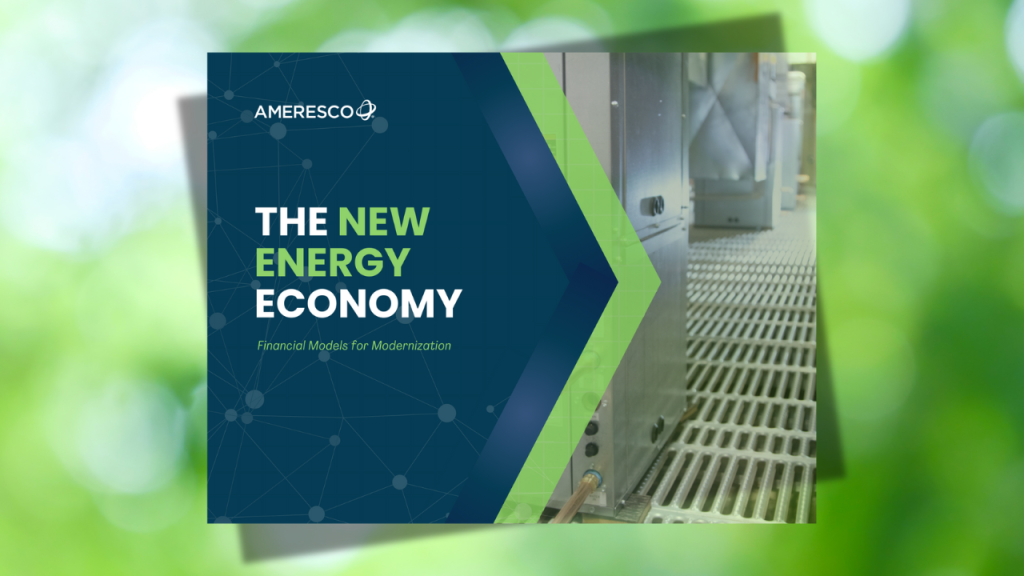Tips for Marketing Your Environmental Building Materials in Compliance with FTC Guidelines
Ok, we know you’re the good guys. Here are some tips anyway, courtesy of the National Insulation Manufacturers Association.
As the green building industry matures, many, if not all, manufacturers have added environmental claims to their marketing messages. In doing so, some companies have inadvertently and even purposely overstated or failed to qualify their claims. When this happens, the entire industry suffers. In such a nascent industry, it is critical that all suppliers follow both the letter and spirit of the Federal Trade Commission’s Guidelines on Environmental Marketing.
The members of the North American Insulation Manufacturers Association (NAIMA), which represents companies in the fiber glass and rock and slag wool industry, call upon building materials manufacturers to commit to an accurate portrayal of the “green” attributes of their respective products by adhering to the Federal Trade Commission’s (FTC) guidelines regarding the use of environmental marketing claims. NAIMA strongly believes that it is in the best interest of the industry to compel a standard of conduct that, at a minimum, complies with applicable laws and regulations governing environmental marketing claims. For its part, NAIMA and its member companies have pledged to rigorously adhere to these guidelines in their environmental advertising and marketing practices for fiber glass and rock and slag wool insulation products. We hope other building material manufacturers and suppliers will join us in this pledge.
The FTC guidelines are composed of general principles and specific guidance on the use of environmental claims. These guidelines apply to claims included in labeling, advertising, promotional materials and all other forms of marketing, including words, symbols, emblems, logos, depictions, or product brand names.
Be able to substantiate a claim. When making a claim about the environmental attribute of a product, a manufacturer must possess substantiation for the claim. This often requires competent and reliable scientific evidence, such as tests, analyses, research, studies or other evidence based on the expertise of professionals. Claims should be made to represent the way the product is actually used and installed in the field using procedures generally accepted in the profession to yield accurate and reliable results. For example, some products will claim to be “non-toxic,” because they are made from natural materials, without disclosing the addition of various chemicals used for mold resistance or fire safety.
Make a distinction between benefits of product, packaging, and service. An environmental claim should make it clear if the “green” attribute applies to the product, the packaging or the service or to just a portion of one of the above. For instance, don’t label a product as recyclable without stating if the claim refers to the product or just the box.
Don’t overstate your claim. Implication of significant environmental benefits should be avoided if the benefit is in fact negligible. Even if a claim is technically true, consumers could be confused if it makes a benefit appear more significant than it really is. For example, many building products made from combustible materials such as paper or wood must add fire retardant chemicals to meet building codes. Some manufacturers of these products have claimed their products are made from “safe, natural materials.” This may be an overstatement unless they ensure consumers are equally aware of the amount of chemicals that have been added to that material.
Don’t make unqualified general claims. Unqualified or ambiguous general claims of environmental benefit should be avoided. If a manufacturer advertises its product as “environmentally preferable” the claim is likely to convey to consumers that this product is environmentally superior to other products. If the manufacturer cannot substantiate this broad claim, the claim would be deceptive.
Avoid misleading comparative claims. Manufacturers should avoid direct or implied comparative claims that mislead a consumer. For instance, saying a product’s packaging creates “less waste than the leading brand” should be substantiated with recent science or research. The point of comparison should also be clear. Stating that a product contains “20% more recycled content” should clearly show the basis for the comparison.
Be clear on how much recycled content is used. For products or packages that are only partially made of recycled material, a recycled claim should be adequately qualified to avoid consumer deception about the amount by weight of recycled content in the finished product. Few, if any, products conation 100 percent recycled material.
Indicate clearly how a product can be recycled. A product or package can be marketed as recyclable if it can be collected, separated or otherwise recovered from the solid waste stream for reuse through a widely established recycling program such as curbside recycling of aluminum cans and glass bottles. However, indicating that a product is “recyclable where facilities exist” should be more accurately portrayed as “may not be recyclable in all areas.”
Examples of unqualified environmental claims made by some building material manufacturers include:
- ”Earth Friendly”
- ”Environmentally Friendly”
- ”The Product of Choice for Environmentally Concerned Builders”
Because none of these phrases are defined or elaborated, they may confuse and mislead consumers.
Be cautious with claims of degradable/biodegradable/photodegradable. Competent and reliable scientific evidence should exist that the entire product or package will completely decompose into elements found in nature within a reasonably short period of time after customary disposal. If a product requires oxygen and light to break down, this should be specified to avoid the implication that it will degrade in every waste disposal environment.
Be cautious with claims of compostable. A claim that a product or package is compostable should be substantiated by competent and reliable scientific evidence that all materials in the product or package will break down into, or become part of, usable compost in a safe and timely manner in an appropriate composting program or facility.
”Source reduction”: A claim that a product or package has been reduced or is lower in weight, volume or toxicity should be qualified to the extent necessary to avoid consumer deception about the amount of the source reduction and about the basis for any comparison asserted.
Make sure a product is widely refillable. An unqualified refillable claim should not be asserted unless a system is provided for: (1) the collection and return of the package for refill; or (2) the later refill of the package by consumers with product subsequently sold in another package.
“Ozone safe” and “ozone friendly”: It is deceptive to misrepresent that a product is safe for or “friendly” to the ozone layer or atmosphere. For example, a claim that a product does not harm the ozone layer is deceptive if the product contains an ozone depleting substance or indirectly contributes to ozone depletion through the inclusion of volatile organic compounds (VOCs).
Be ready to defend your claims. Make sure you can quickly respond to consumers’ requests for further information. Make easily available the following types of information as appropriate to your claims:
- Test reports or data that substantiates all claims
- Specific recycling procedures or information about recycling locations nationwide
- An estimated decomposition timetable
- A letter signed by an officer of the company stating that the claims have been tested and proven true
- Third-party references for further information
Because the public has demonstrated a desire and disposition to purchase products that have less detrimental impact on the environment they are susceptible to erroneous or inaccurate assertions of recyclability, recycled content, or any number of ecological benefits. This makes it imperative for building materials manufacturers to adhere to the FTC guidelines regarding the use of environmental marketing claims. The guidelines encourage the free flow of non-deceptive product information, which benefits both consumers and those producers who desire to promote the positive environmental attributes of their products. Adhering to these guidelines will help this industry grow and prosper, benefiting all involved.
A complete copy of “FTC Part 260 – Guides for the Use of Environmental Marketing Claims” is available online.
————
NAIMA is the trade association for North American manufacturers of fiber glass, rock wool, and slag wool insulation products. Its role is to promote energy efficiency and environmental preservation through the use of fiber glass, rock wool and slag wool insulation as well as encourage safe production and use of these materials.

